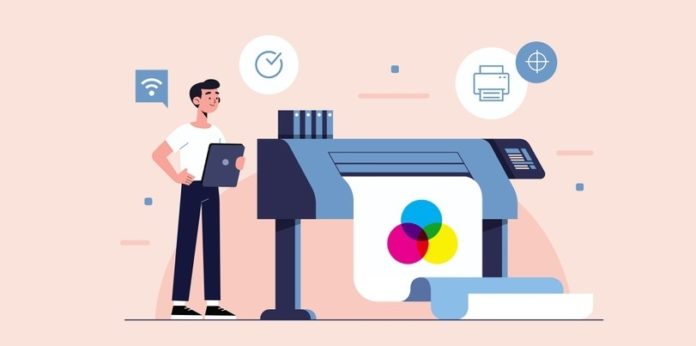As technology has greatly advanced in the 21st century, digital printing has also changed and evolved to become faster, more efficient, and better quality. From households to manufacturing, digital printing offers a wholly modern approach to producing goods in a competitive marketplace.
As such, consumers directly benefit from digital printing technologies in this century, and corporations enjoy cost cutting savings as they’re able to mass produce goods with limited effort.
Most notably, digital printing has accomplished three amazing achievements:
1. Produces Environmentally-Friendly Products
In the past, digital printing solely relied on solvents and inks to reproduce decent quality prints. In the last decade alone, technology has helped shape the digital printing industry into something easy to use and highly effective for mass producing consumer products.
The manufacturing industry has also found that modern digital printing is cleaner and friendlier to the environment as fewer components and ink cartridges are necessary to produce the desired results. This in turn helps curb manufacturing waste and keep unnecessary extra components out of landfills that directly impact climate change.
Another way digital printing has changed the consumer landscape is through its ability to offer printing on-demand services. This eliminates excess waste by allowing manufacturers to print and create products as needed versus manufacturing products assuming that they’re in high demand. This variability in printing also allows companies to offer a personalized consumer experience by customizing the products they sell. Whether a client requires a dozen items or even thousands, digital printing makes it all possible.
2. Lower Labor Costs
Enhanced digital printing technology offers a seamless transition to lower labor costs by streamlining the workflow. Technology is able to make digital printing mostly or completely automated, eliminating the need for constant supervision all the while shortening the amount of time necessary to produce quality goods.
By greatly reducing overall labor costs, digital printing has been able to help revolutionize change that allows products to sell at a lower cost. These savings are passed directly onto consumers and allows stores to stock their shelves with constantly changing and ever evolving products.
Many businesses are also able to use digital printing in their marketing campaigns, therefore, they not only allow for the selling of goods at the lowest prices possible, but they are also able to get word out about promotions and discounts to further enhance consumer satisfaction.
3. More Variety In The Availability Of Products
The printing industry has not only gained recognition for its ability to offer quality promotional materials and unique goods, but the breadth of available products. The sheer number of innovative print technologies on the market is almost overwhelming, but it does offer consumers and business owners alike the ability to select what works for them.
From promotional shirts and printed mugs to specialized printing on wood and metal surfaces, no one can deny the innovation behind digital printing.
Franchise owners and their clients are able to form a symbiotic relationship that allows both parties to directly benefit from advancements in printing technology. Digital printing makes it possible to not only print products as needed and desired by consumers, but to create them at a faster pace and to provide unsurpassed quality. With enhanced finishing options in printing digitally, manufacturers are able to meet consumer demand with quicker turnaround times and better cost effectiveness. Consumers are able to form better connections between the brands they like and support through digital printing options. By having the ability to hold a personalized printed product in their hands, they start to form a connection between the company’s quality products and that of their own perception of the brand.








